All Stories
-
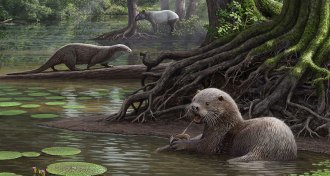 Paleontology
PaleontologyAncient giant otter unearthed in China
Fossils unearthed in China reveal a newly discovered, now-extinct species of otter that lived some 6.2 million years ago.
By Meghan Rosen -
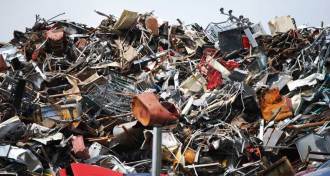 Environment
EnvironmentHumans’ stuff vastly outweighs humans
The human-made technosphere weighs 30 trillion tons and surpasses the natural biosphere in mass and diversity, researchers estimate.
-
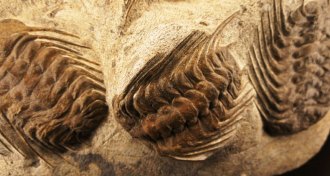 Life
LifeAsteroid barrage, ancient marine life boom not linked
Impacts from asteroid debris probably didn’t trigger the boom in marine animal diversity around 471 million years ago during the Great Ordovician Biodiversification Event.
-
 Health & Medicine
Health & MedicineA ban on screens in bedrooms may save kids’ sleep
Screens are associated with worse sleep in kids, and not just because of their lights and noises.
-
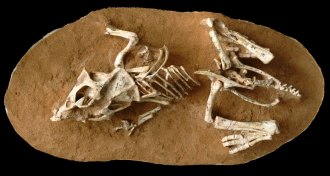 Paleontology
PaleontologyBaby dinosaurs took three to six months to hatch
Growth lines on teeth indicate a surprisingly long incubation period.
-
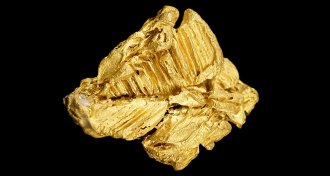 Physics
PhysicsChemists strike gold, solve mystery about precious metal’s properties
A longstanding puzzle about gold’s properties has been solved with more complex theoretical calculations.
-
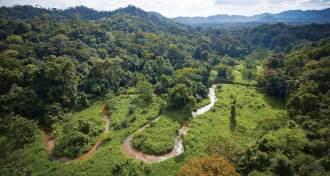 Archaeology
ArchaeologyReal-life adventure tale details search for legendary city
"The Lost City of the Monkey God" recounts archaeological expedition to uncover truth behind Honduras’ “White City" myth.
By Erin Wayman -
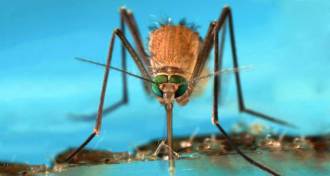 Life
LifeWhat a mosquito’s immune system can tell us about fighting malaria
Immune system messengers carried in microscopic sacs help mosquitoes fend off malaria, new research suggests.
-
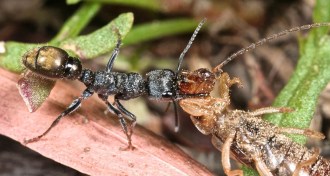 Animals
AnimalsDesert ants look to the sky, rely on memory to navigate backward
Desert ants appear to use a combination of visual memory and celestial cues to make it back to the nest walking butt-first, researchers find.
-
 Animals
AnimalsHow desert ants navigate walking backward
Desert ants appear to use a combination of visual memory and celestial cues to make it back to the nest walking butt-first, researchers find.
-
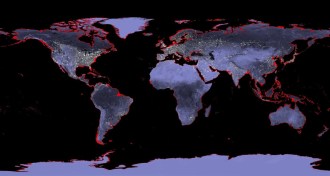 Climate
ClimateEarth’s last major warm period was as hot as today
Sea surface temperatures today are comparable to those around 125,000 years ago, a time when sea levels were 6 to 9 meters higher, new research suggests.
-
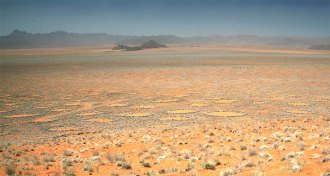 Ecosystems
EcosystemsIn debate over origin of fairy circles, both sides might be right
Odd bare spots called fairy circles in African grasslands might be caused by both termites and plants.
By Susan Milius